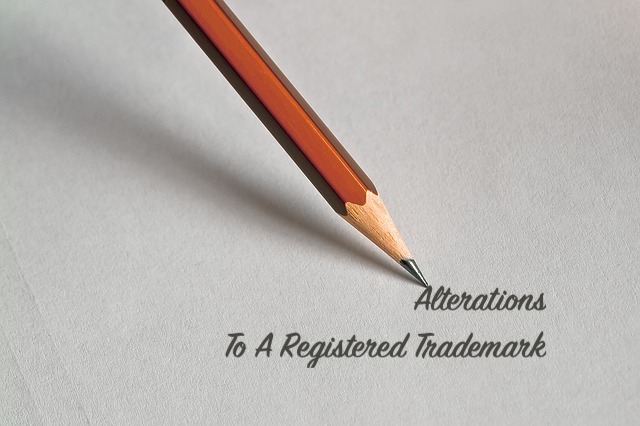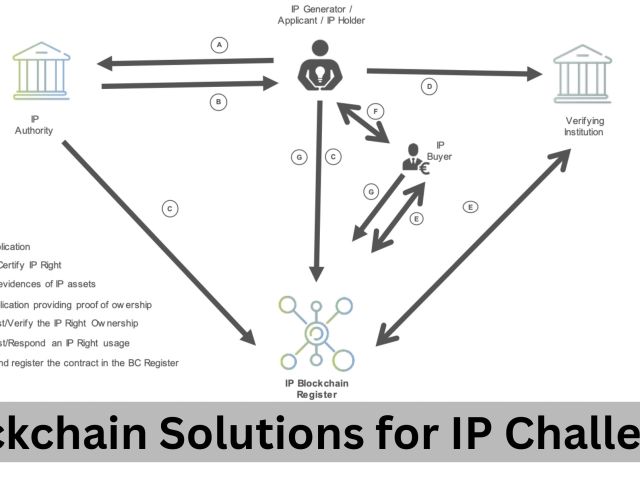Alteration to a registered trademark is allowed only when there is no substantial change in the identity of the Trademark.
Alteration of a registered trademark is allowed under Section 59 of the Trademarks Act, 1999 and Rule 98 of the Trade Marks Rules, 2017 by a registered user. The application has to be made through from TM-P, after making payment according to prescribed fees under Schedule 1. However, no fees is payable if the alteration is made as a result of an order of public authority or as a result of statutory requirement.
The Registrar is allowed to deny such a request as he deems fit. The alteration should not be so drastic that it changes the identity of the mark substantially.Such changes are not allowed as they cause various infringements of the rights of other registered users. It would further defeat the purpose the registration of the initial trademark.
The alterations that are not allowed to be made:
1. Any alteration that changes the very nature of the trade mark registered. The trademark cannot be changed as a whole.
2. Any change in the class of goods/services under which the trade mark is registered.
The Registrar may further advertise the altered mark to invite any possible oppositions to the altered version of the mark. Advertisement is a mandatory step under Section 59, either before acceptance of alteration or after the acceptance of the alteration. The alterations if accepted does not affect the validity period of the trademark. The mark is not considered to be renewed.
If the nature of alterations is in the form of change in address of the principle office under Sec 58 of the Act, a request has to be made through form TM-P and Rules 91, 96 and 97 are applicable.
Procedure followed for alteration of registered trademark:
Rule 98 provides that the Rules 46-51 will also be applicable to the applications made under Section 59. These rules provide for the following procedure to be followed:
* An application for making alteration in the registered trade mark may be made by registered proprietor on Form TM-P along with 5 legible copies of the mark as it will appear after the proposed alteration, shall be attached with the application. The Registrar will advertise this application along with the altered trademark within one month to all registered users.
* An opposition has to be received within 3 months from the date of advertisement. The opposition for alteration of trademark application can be made through form TM-O. After all the opposition proceedings the Registrar will conduct hearing for both the parties and take a decision regarding whether the alteration should be allowed.
Conclusion:
Alterations to the registered trademark is allowed. The procedure followed is similar to that of registering a new trademark. This is due to the implications it has on other registered users as their rights maybe infringed through the altered trademark. Hence it becomes necessary to advertise the alterations and serve all the registered users with a copy of such an alteration along with the application.
How can Intepat help?
The procedure followed for post registration alteration is regulated stringently due to its implications. It is always better to let the professionals handle such complex procedures. The legal and technical team at Intepat is most efficient and experienced in handling such cases. For more information, please contact us.



